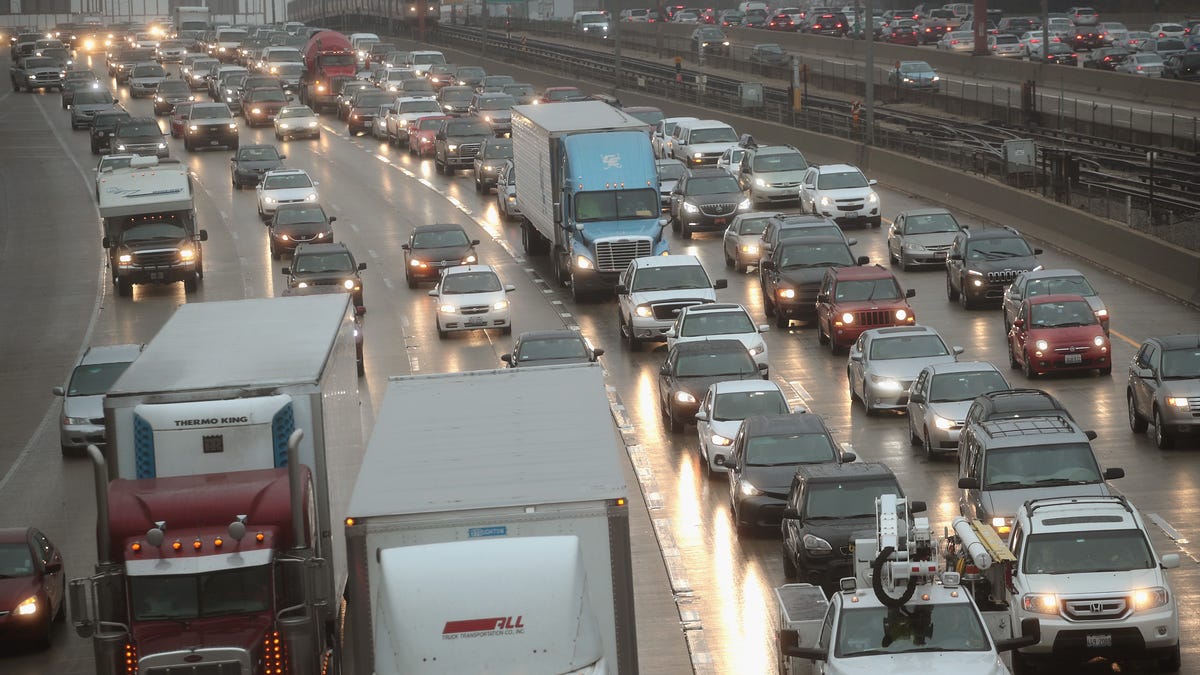EPA to maintain 2025 emissions goals...for now
Something tells me that may change with the next administration, though.

The EPA has until April 2018 to decide whether to alter light-duty vehicle emissions standards through 2025, but it already proposed to leave the current standards in place before a new EPA administration takes over in 2017.
"Based on extensive technical analysis that shows automakers are well positioned to meet greenhouse gas (GHG) emissions standards for model years 2022-2025," the EPA said in a statement. Right now, the standards hope to slash emissions and raise fleet fuel economy to around 50 mpg by 2025. The evaluation has been happening since July, but it didn't need to be finalized until April 2018.
Automakers have bashed the EPA's policy in the past, believing it to be a target that imposes undue burdens. Then again, maybe automakers should be counting their lucky stars, because the EPA's statement points out that it believes those regulations could be strengthened instead of reduced. The EPA claims that these highish goals are necessary to "enable long-term planning in the auto industry."
This is not yet a finalized decision. The public has until December 30, 2016, to leave a comment on the standards. At that point, the EPA administrator will decide whether or not she has enough information to make a final decision about the 2025 standards.
That, of course, presumes that any decision made today will actually hold water once Donald Trump's administration assumes power in 2017. Once Trump's pick for EPA administrator takes over, he or she could very well reduce or remove any sort of standards. In the past, Trump has signaled that he would revisit regulations that may impose undue burdens on American businesses.
Calling a regulation a burden is sort of subjective. Not a single US automaker is sitting on a curb in Detroit, shaking an empty tin can, asking for spare change to cover the costs of making more fuel-efficient vehicles. Could they be making more money by focusing on big, thirsty trucks and SUVs? Perhaps. Could that have serious ramifications on a longer timeline? Also perhaps. But it's not up to us -- it's up to whoever's in charge of the EPA.

